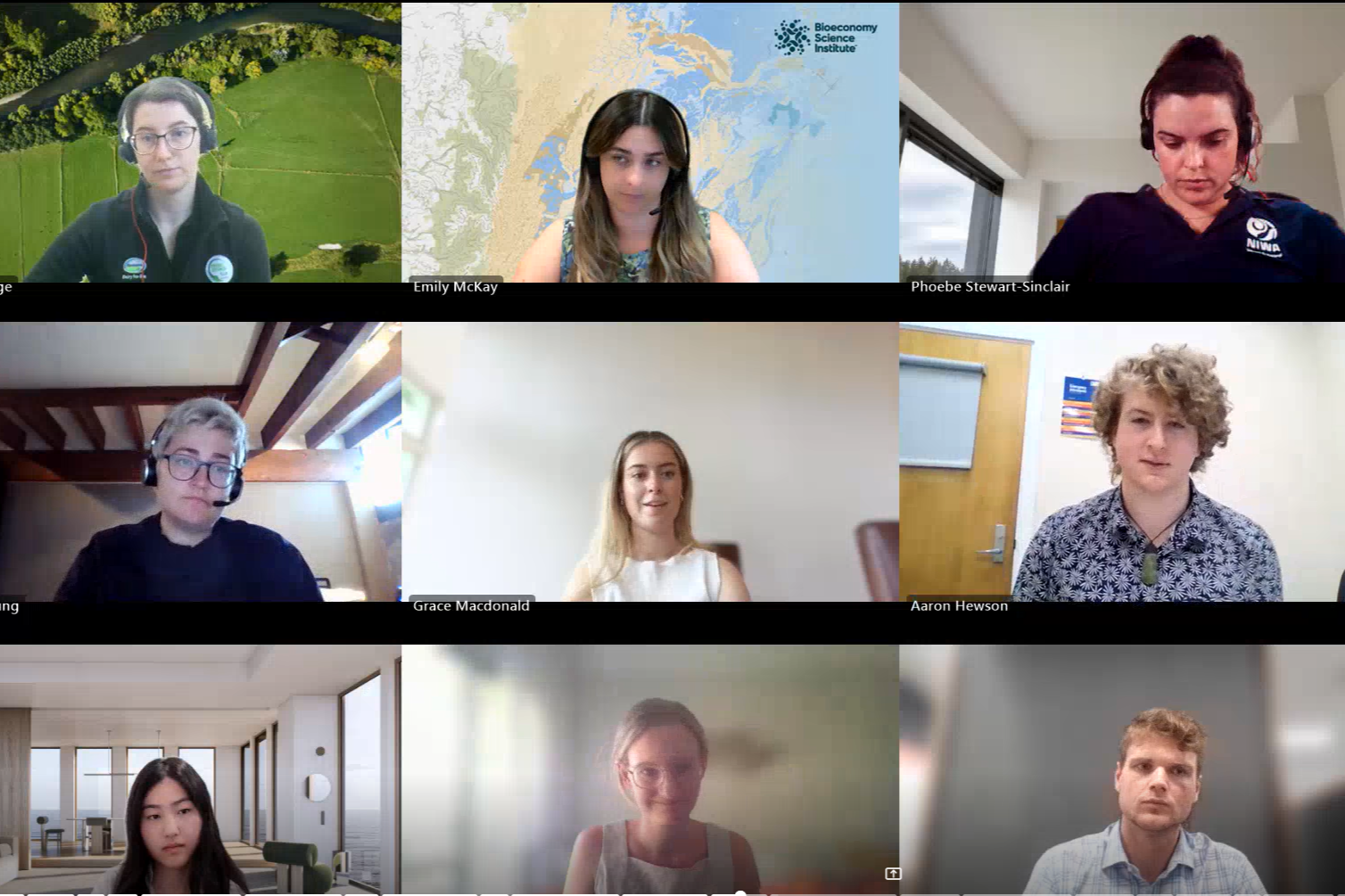By Nicola Swan, Partner, Chapman Tripp
The Business of Nature
The threat to nature and the environment from human activity, particularly biodiversity loss, is emerging globally as a “twin challenge” to climate change, requiring an informed response from business, particularly those businesses that are reliant on natural resources.
Many company directors are now guiding their companies through climate-related risk disclosure and are alert to increasing requests for broader ESG reporting from ratings agencies, and lenders. Nature reporting will be a natural adjunct to those processes, complementing them and using many of the same techniques.
Chapman Tripp has published a legal opinion for The Circle on director duties in relation to nature-based risk, obtainable here, with a similar focus to our 2019 legal opinion on director duties to identify and manage climate related financial risk.
In this article, we outline:
- the rapidly evolving global context for understanding and reporting on nature-related risks, and
- practical next steps to support early discussions at the board and executive level.
A rapidly emerging international response
The alarming and accelerating rate of biodiversity loss and ecosystem breakdown, compounded by climate change, is a global and local crisis which is now creating significant economic risks. As Circle Co-Patron, Sir Jonathon Porritt put it recently: “it is this [natural capital] which underpins all economic activity on this planet”. This is particularly the case for Aotearoa New Zealand, with key sectors including primary production, tourism and manufacturing highly dependent on natural systems.
In response, governments are increasingly expecting corporates to measure and mitigate their biodiversity impacts, as well as enhancing ecosystems as part of their activities (for example, in New Zealand, through the Resource Management Act reforms, which propose increasingly ‘nature positive’ outcomes).
Reporting frameworks for nature-related risk – both voluntary and mandatory - are also being developed and build on disclosure regimes for climate-related risk. For example, from January 2023 over 50,000 EU companies are required to comply with the EU Corporate Sustainability Reporting Directive (CSRD), which includes mandatory reporting on biodiversity impacts.
Outside of regulatory drivers, investor concern and voluntary corporate initiatives such as the Taskforce on Nature-related Financial Disclosures (TNFD) are formalising methods for the identification, assessment and management of nature-related risk.
In the New Zealand context, this is being reinforced by an increased recognition of mātauranga Māori, tikanga Māori and kaitiakitanga in statute and common law.
Next steps for you and your board
Nature-based risk management is emerging internationally as the next area that companies – and their directors - will need to be across.
In practice, this will be expressed through an expectation that boards ensure their companies have processes in place to identify “nature related risks" where these are foreseeable and material for their businesses, and take any such risks into account in their decision making.
Chapman Tripp’s opinion provides a view on current legal obligations in a rapidly evolving context to support New Zealand companies getting ahead of such quickly evolving expectations. But tools to integrate these considerations into your existing risk management processes and business planning may be closer at hand than you think. For example:
- Set out below are a series of questions (taken from the opinion) for directors to ask to catalyse a discussion about nature-related risk at the board table.
- For companies that are already assessing and disclosing climate-related risk, many existing tools will be readily adaptable to this task. For example, Chapter Zero New Zealand’s Board Toolkit contains a range of useful steps and questions to consider climate-related risk, which could equally be applied to nature-related risk.
- The TNFD framework will be finalised in September 2023, providing a global standard for assessment and disclosure of nature-related financial risk and opportunity. A group of Circle partners are participating in a ‘TNFD bootcamp’ over the next few months, the outcome of which will be instructive for the framework’s application in the New Zealand context.
Integrating consideration of nature into boardroom decision-making provides an opportunity not just to stay ahead of legal expectations on directors, but to help achieve The Aotearoa Circle’s goal of seeking to restore New Zealand’s natural capital.
Questions for Directors
Governance of nature-related risk, risk to biodiversity, and risk to natural capital:
These questions will need to be tailored to the particular business and sector, and will be most relevant where a risk is foreseeable and material for the business.
- Is the board aware of key nature-related risks that may be financially material for the company?
- Can the board and executive access appropriate expertise to identify what our main nature-related risks are? Do we need training or external advice? Are there issues common across our industry or community that we can collaborate on?
- Are we assessing the company’s nature-related dependencies and risks? Do we understand the implications of our own nature-related impacts for our own supply chain and others? How much of the business is dependent on natural capital or ecosystem services that are vulnerable or under threat? Would interruption pose a material risk to the business?
- Is nature-related risk part of our existing risk management system? How might this be integrated with management of climate-related or other risks?
- Are we measuring nature-related dependencies, risks and impacts in any coordinated way or over time? Is there a process for elevation of key risks through management and to the board?
- Is the business following the progress of TNFD and market implementation of TNFD, as well as relevant regulatory reforms?







